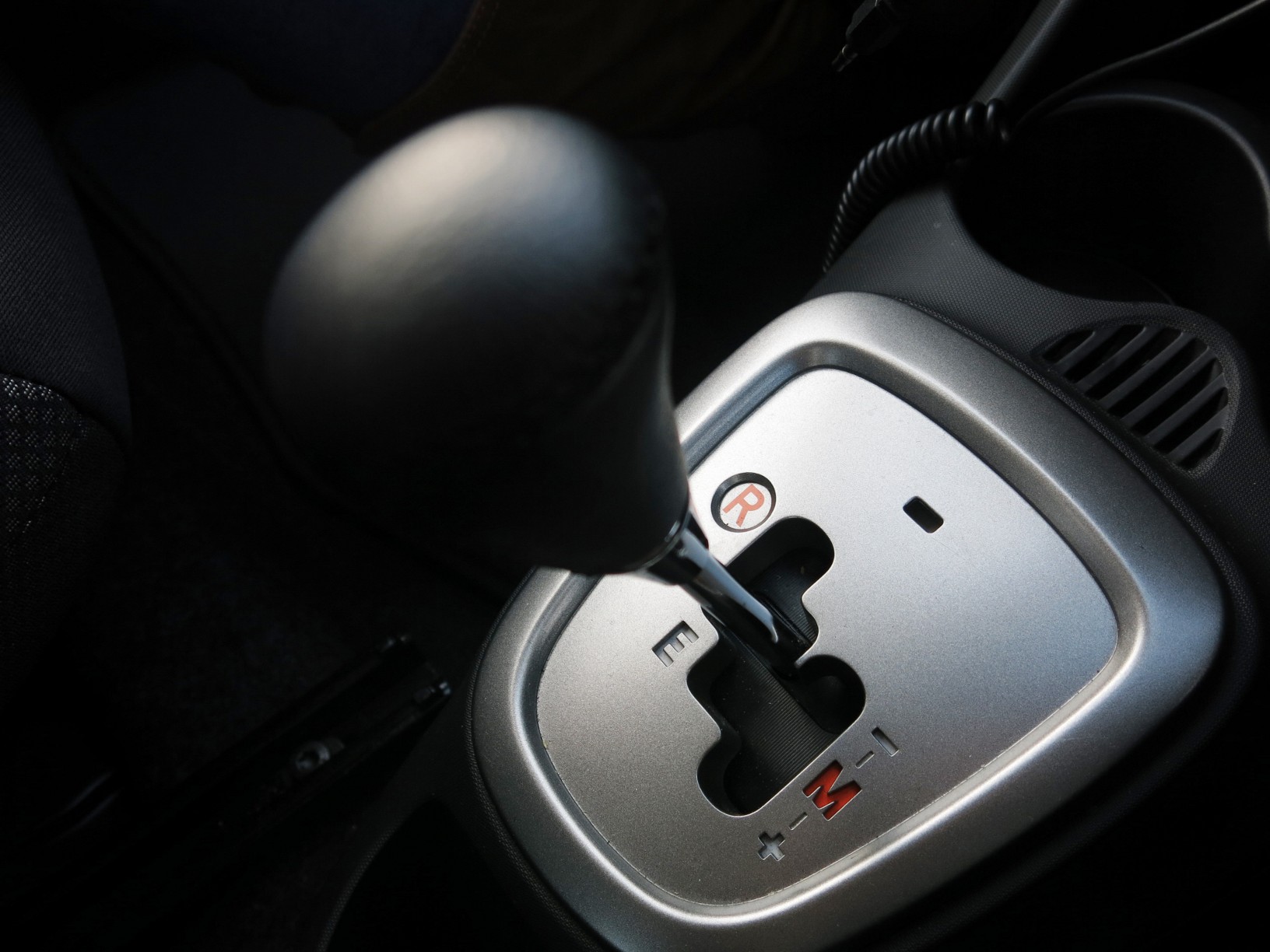As Grant Ferguson celebrates being the first person in the UK to pass his driving test using a sat. nav., GPS specialists Garmin has compiled a guide to help first time drivers navigate the proposed new driving test being trialled across the UK.
“The proposed new driving test, which incorporates the use of a sat. nav. in the car, is a great way of introducing future road users to using in-car technology in a safe and responsible manner. Our advice isn’t just about helping learner drivers pass their driving test, this is advice that even the most seasoned of sat nav users should be reminding themselves about for safer and more efficient driving. Sat. Navs. do now form a part of modern driving so it makes a lot of sense to start educating young drivers early on about how to use a sat. nav. properly.”
1. Remember: YOU are the driver, your sat nav is an aid
Your sat nav is there to help give you directions but remember you are the one in control! If there are road diversions in place or if you judge that the route ahead is not appropriate, then do override the directions and continue on the safest route. It will always automatically re-adjust itself so you can still arrive safely at your destination, just via an alternative route. The sat nav is an aid, it is not absolute, so make your own judgements based on the situation ahead accordingly.
2. Hone up on your listening skills
You should keep your eyes on the road, not on the sat nav. Get into the habit of listening to the directions rather than looking at them. Make like commuters on the London Tube and try not to make eye contact – you shouldn’t need to look at your sat. nav. for longer than is necessary! This allows you to focus on your driving and means you’ll be more aware of potential dangers that present themselves as you make a turn or navigate a roundabout. Do switch your phone onto silent too so notification sounds don’t interfere with your concentration.
3. Double check your route before you set off
It may seem obvious but do double check that the postcode and/or address you have entered is actually your desired location – a single incorrect letter or digit could mean you end up further away from your destination than when you set off! Also, if there are certain areas or roads you wish to avoid during your journey, or if you’d like the most time- or fuel-efficient route, do enter this into your sat. nav. from the get-go.
4. Only handle your sat nav as a last resort
When driving, the road ahead and surroundings should have your full attention so avoid handling your sat. nav. as much as possible. Certain models do have voice-activated navigation so you simply need to speak your instructions and your device should respond accordingly, leaving both your hands safely on the wheel and your eyes on the road.
5. Keep your map software updated
Research by Garmin shows that almost half (40%) of sat. nav. owners never update their mapping software and this can lead to a plethora of potential problems later down the line. Roads come and go so as time goes on maps will become less accurate, meaning that you’re more likely to end up in the wrong location so try to update your mapping software at least once a year.
Motoview’s editorial
All sensible advice but my Tom Tom (sorry Garmin) device is now redundant, having been superceded by a Hudl that has a navigation application that’s free however the tablet sits forward of the gearbox so outside my line of vision. Furthermore, sat. nav. users should place their devices in the driver’s corner of the windscreen and not in the centre of it!
1. Research commissioned by Garmin on 2,000 UK people in 2014.
Words by Kirsty Quartley, Garmin (Personal Navigation Device) PND Product Manager
Published with permission from staturepr.com
May 2015



